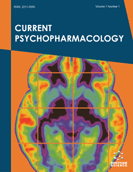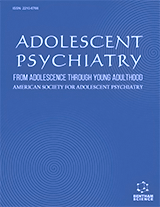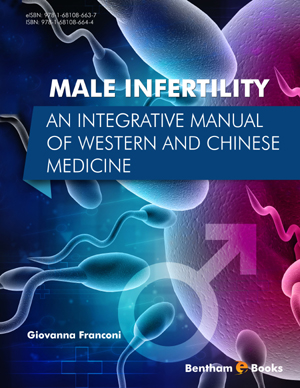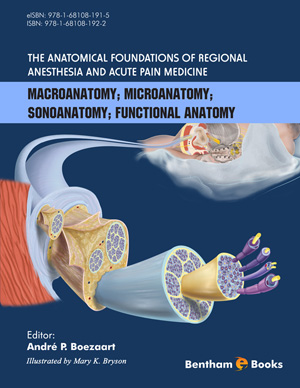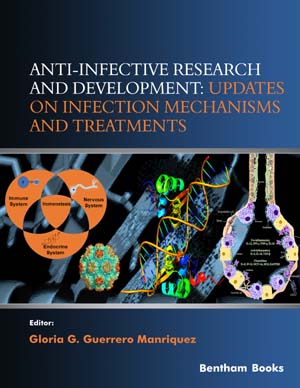Abstract
The endoplasmic reticulum (ER) is a well-orchestrated factory where secretory and membrane proteins are manufactured, modified and correctly folded prior to trafficking to their final destinations. Conditions that interfere with ER function lead to an evolutionarily conserved cellular stress response termed the unfolded protein response (UPR). The UPR initially transduces signals to reestablish ER homeostasis but with prolonged or acute ER stress these signals undergo a transition that initiate cell death. In this review, we summarize our current understanding of the mammalian UPR and discuss the cell-type and tissue-specific functions of UPR components revealed by studies from genetic mouse models.









